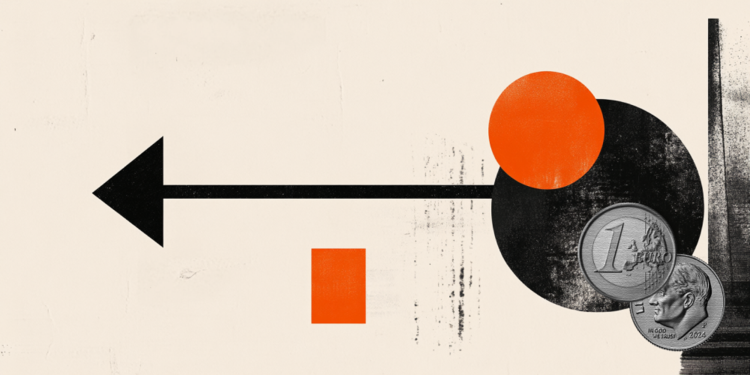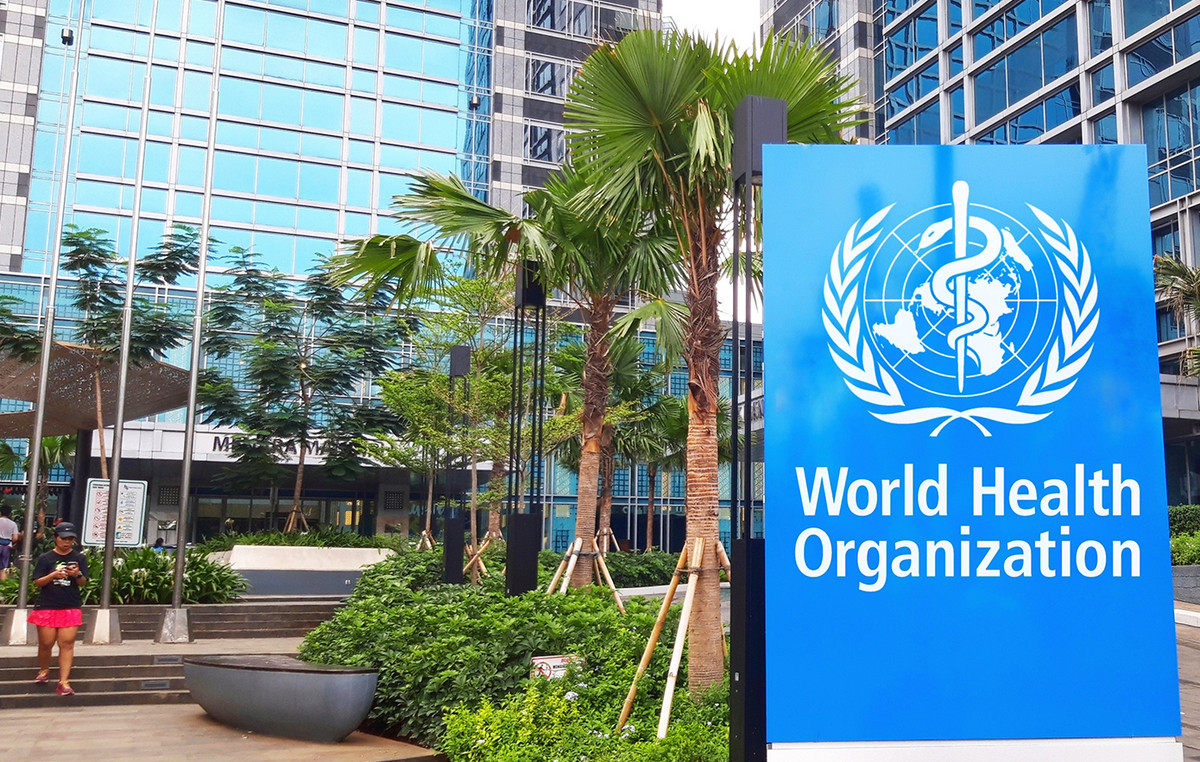The pension reform, which established a minimum retirement age for the National Social Security Institute (INSS), and the fall in public debt amid the pandemic are among the main measures highlighted by the federal government in the last four years.
In the report, the economic team says that the social security changes were the “greatest structural reform in history”, with the aim of making the system financially sustainable. In the document, the government estimates savings of R$ 855 billion for the Union in ten years.
On public debt, the government brings the evolution of the indicator, which was at 75.3% in 2018, rose to 88.6% during the Covid-19 pandemic, falling to 73.7% in 2022.
The general expectation in the market at the time of the pandemic was that the debt would reach 90% and continue to be under more pressure in the coming years, due to the extra expenses that continued to be made. But a series of government measures and conjunctural issues curbed the indicator.
“Some measures were adopted there that helped to contain expenses in other years. Supplementary law 173 was approved in 2020, which prohibited salary adjustments for civil servants in 2020 and 2021, and others that resulted in a drop in expenses in 2021”, says Murilo Viana, economist and specialist in public accounts.
“At the same time, Brazil’s GDP fell less than expected, partly as a response to the government’s countercyclical policies,” he says. As the indicator is a measure of debt in relation to GDP, if the activity indicator grows more than imagined, the ratio is better than expected for the debt.
The expert also mentions low interest rates in 2020, which, in addition to having a positive effect on the economy, reduce the cost of debt, even though inflation has accelerated.
With the change in the economic scenario, the trend is for the indicator to rise again.
“The tendency will be for debt growth in the medium term, because we see big challenges ahead. Ministries with unlocked resources, pressure from additional expenses with the Transition PEC, rising interest rates, in addition to the effect of inflation, which helps revenue at first, but puts pressure later on with salary adjustments, service provision contracts, etc”, he says.
Privatizations
The report highlights a collection of BRL 304.48 billion from the sale of direct and indirect assets between 2019 and October 2022, with emphasis on the sale of TAG, which yielded BRL 33.5 billion to public coffers, BR Distribuidora, with BRL 21 billion, and the IPO of Caixa Seguridade, with BRL 5 billion.
Among the advances in this area, the document brings Eletrobras and the Port of Vitória. In line for the next privatizations are Correios, Companhia Brasileira de Trens Urbanos (CBTU) in Belo Horizonte and Recife, Trensurb Porto Alegre, port of Santos and Central de Abastecimento de Minas Gerais SA (CeasaMinas).
FGV professor Gesner Oliveira says that privatization processes are positive for the economy and considers the private sector as the best option for managing companies.
“O state should focus on regulation, building a good business environment, transparent rules and simple. While the private sector is dedicated to business and management activities”, says Oliveira.
In addition, the professor comments that a non-ideological stance with regard to privatization and privatization is important, since private investment must be the engine of the economy, as it occurs in several developed countries.
“For privatization to take place, it is important that transparently, with studies to understand which model is best for a given company. So, it is important that there is no posture ideological of just deciding not to privatize anything. Each case is different”.
Juliana Damasceno, senior economist at Tendências Consultoria, points out that the way to evaluate public policies should be different.
“We have the custom in Brazil of evaluating a public policy or the conduct of a government according to the volume of expenditures and not the volume of return. So, it seems that the more the state spends, the better it is, when, in fact, we should use another metric: how many lives have we saved? How many people have we vaccinated? There should be other focuses when we talk about public policy”, she said.
See the main highlights:
social security
According to the data presented, the social security gap in 2021 was R$ 344 billion. Therefore, the expectation is that the reform will save, in 10 years, R$ 855 billion for the Union.
Discussions progressed during the government of former President Michel Temer (MDB) and were concluded during the administration of President Jair Bolsonaro (PL).
gross debt
With regard to the general government’s gross debt, the document shows that the current administration began its mandate with a debt equivalent to 75.3% of the Brazilian Gross Domestic Product (GDP).
In 2020, with the pandemic, this percentage rose to 88.6% of GDP. And, after the critical phase of Covid-19, the government handed over its management with a debt/GDP equivalent to 73.7%.
Central Bank autonomy
Another point mentioned is the approval of the autonomy of the Central Bank (BC). According to the text, the measure ensures the stability of the currency, the financial system and smoothes fluctuations in the level of economic activity.
For Gesner Oliveira, the autonomy of the financial institution is important and even helps to keep inflation on a downward path, as has been observed, due to the stability and credibility that the measure provides for the BC, removing insecurities that could be generated by political influences in the bank.
Privatization
The report highlights a collection of BRL 304.48 billion from the sale of direct and indirect assets between 2019 and October 2022, with emphasis on the sale of TAG, which yielded BRL 33.5 billion to public coffers, BR Distribuidora, with BRL 21 billion, and the IPO of Caixa Seguridade, with BRL 5 billion.
Among the advances in this area, the document brings Eletrobras and the Port of Vitória. In line for the next privatizations are Correios, Companhia Brasileira de Trens Urbanos (CBTU) in Belo Horizonte and Recife, Trensurb Porto Alegre, port of Santos and Central de Abastecimento de Minas Gerais SA (CeasaMinas).
Pandemic
The document cites the stimulus of BRL 658 billion to combat the health crisis, with emphasis on BRL 350 billion between 2020 and 2021 for payment of emergency aid, BRL 149 billion in credit and tax relief to companies and BRL 60 billion in ICM and ISS reduction compensations to states and municipalities.
New fiscal framework
Called by the government the most important fiscal reform of the last 22 years, Constitutional Amendment nº 109, of 2021, triggers for controlling expenses of all federal entities whenever the ratio between mandatory expenses and revenues reaches the limit of 95%, with floor limitation for two years.
In the event of a fiscal emergency, instruments control the speed of expenditure growth and preserve public entities’ ability to act.
Source: CNN Brasil
A journalist with over 7 years of experience in the news industry, currently working at World Stock Market as an author for the Entertainment section and also contributing to the Economics or finance section on a part-time basis. Has a passion for Entertainment and fashion topics, and has put in a lot of research and effort to provide accurate information to readers.







